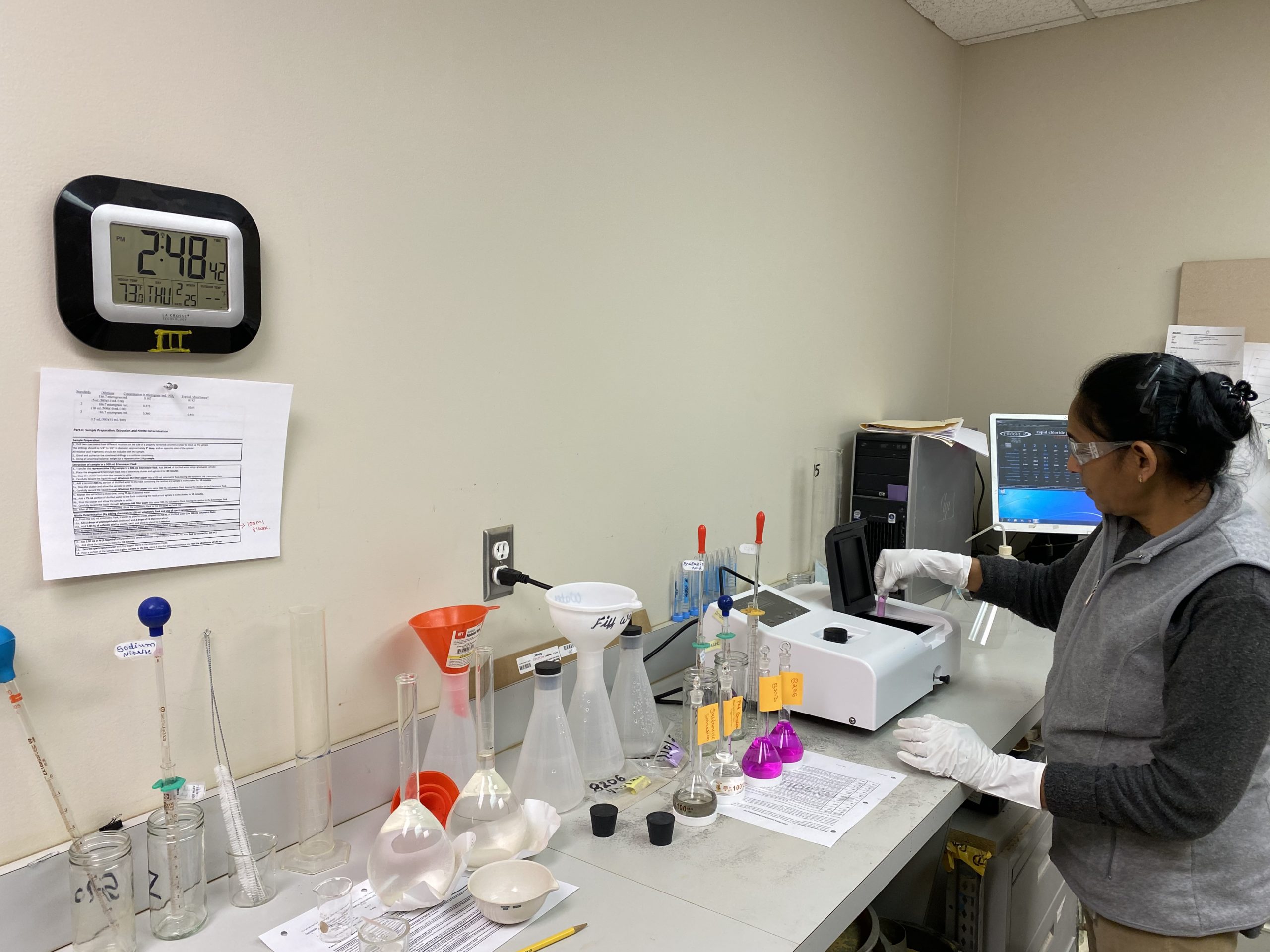 Common Reasons for Getting Veneers
Common Reasons for Getting Veneers
People choose veneers for various reasons. Some want to enhance their smile by making it brighter and more uniform. Others use veneers to repair chipped, cracked, or worn-down teeth. Veneers are also an option for closing gaps between teeth or improving the appearance of misaligned or irregularly shaped teeth.
Impact of Veneers on Natural Teeth
When you get veneers, your dentist needs to remove a thin layer of enamel from the front surface of your teeth. This is a permanent change that alters the structure of your natural teeth. The enamel removal is necessary to ensure the veneers fit properly and look natural. However, it also means that your teeth will always require some form of protective covering. The reduced enamel layer can make them more vulnerable to decay and damage.
Durability and Longevity of Veneers
Veneers are designed to be durable and can last anywhere from 10 to 20 years, depending on the material used and how well they are cared for. Porcelain veneers are particularly known for their strength and resistance to stains. On the other hand, composite resin veneers, although less durable, can still provide several years of aesthetic improvement with proper maintenance. It’s important to note that despite their durability, veneers are not invincible and can chip or crack under excessive pressure or impact.
Maintenance and Care for Veneers
To maximize the lifespan of your veneers and protect your natural teeth, it’s important to follow a diligent oral hygiene routine. Regular brushing and flossing with non-abrasive toothpaste and a soft-bristled toothbrush is crucial to avoid scratching the veneers’ surface. You should also avoid biting into hard foods like nuts, ice, or hard candies, as they can cause veneers to crack or chip. Additionally, limiting stain-causing foods and beverages such as coffee, tea, red wine, and tobacco can help maintain the appearance of your veneers. Finally, make sure to visit your dentist regularly for professional cleanings and to check the condition of your veneers and natural teeth.
Considering the Reversal of Veneers
There are several reasons why individuals may want to remove veneers. Some may be dissatisfied with the cosmetic result, while others may have experienced damage to the veneers over time. However, removing veneers is not a simple process and can present challenges. The adhesive used to bond the veneers to your teeth can be difficult to remove without damaging the natural tooth. There is also a potential for increased tooth sensitivity after the removal. In some cases, additional dental work may be necessary to restore the natural teeth.
Options for Reversing Veneers
If you are dissatisfied with your current veneers or they are damaged or worn out, replacing them with new veneers is a common option. This process involves removing the old veneers, preparing your teeth again if necessary, and bonding new veneers in place. This can refresh your smile and ensure that your teeth remain protected. However, if you decide that veneers are no longer the right choice for you, there are several alternatives to consider. Dental crowns are a good option if your teeth have significant damage or decay, as they cover the entire tooth and provide a strong and long-lasting solution. Dental bonding is another alternative that involves applying tooth-colored resin to repair and improve the appearance of teeth. Orthodontic treatments such as braces or clear aligners can also correct teeth alignment without the need for veneers.
Preventive Measures and Care
Whether you have veneers or not, taking preventive measures is essential for maintaining the health of your teeth. Regular dental check-ups are important for catching any potential issues early and maintaining oral health. It’s also crucial to practice proper oral hygiene by brushing at least twice daily, flossing daily, and using mouthwash. Avoiding habits that damage teeth, such as nail-biting, chewing on ice, and using your teeth as tools, can help protect your teeth and veneers.
Returning to normal teeth after having veneers is a complex process with several challenges. While it may be possible, it’s important to understand the permanent changes veneers make to your natural teeth and the potential risks involved. Consulting with a dental professional is crucial to deciding whether to keep or remove veneers. By taking proper care of your veneers and maintaining regular dental check-ups, you can ensure the longevity and health of your smile.

